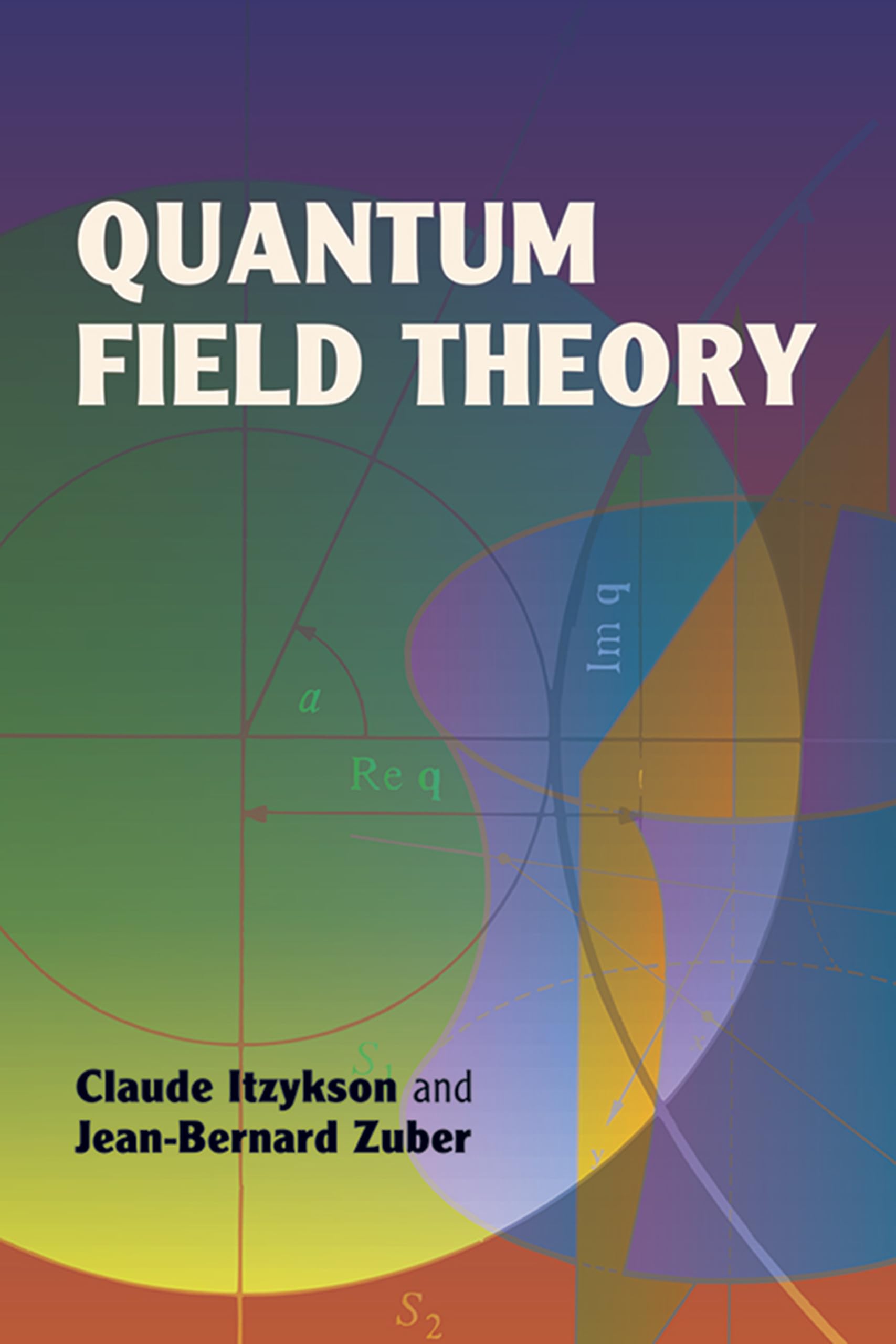Quantum Field Theory (QFT) is the theoretical framework that describes the behavior of subatomic particles and their interactions. It is the result of combining quantum mechanics with special relativity, providing a language to model the dynamics of fundamental forces and matter, as explained by the Stanford Encyclopedia of Philosophy. Unlike classical mechanics or even non-relativistic quantum mechanics, which treat particles as the fundamental entities, QFT posits that the universe is permeated by fields, and particles are merely localized excitations, or quanta, of these fields.
History
The development of QFT began in the late 1920s as physicists sought to create a quantum theory of the electromagnetic field. In 1927, Paul Dirac made the first significant step by applying quantum principles to the electromagnetic field, a process known as second quantization, which successfully described the emission and absorption of photons by atoms, as detailed by Britannica. This early version of the theory, known as Quantum Electrodynamics (QED), faced significant challenges, particularly the emergence of infinite values in calculations.
The problem of these infinities was resolved in the late 1940s through a technique called renormalization, developed independently by Richard Feynman, Julian Schwinger, and Sin-Itiro Tomonaga. Their work established QED as a consistent and highly precise theory of the interaction between light and matter. Feynman also introduced a powerful visualization tool, now known as Feynman diagrams, to calculate the probabilities of particle interactions.
Building on the success of QED, physicists developed QFTs for the other fundamental forces. The 1960s and 1970s saw the formulation of the Electroweak theory, which unified electromagnetism with the weak nuclear force, and Quantum Chromodynamics (QCD), the theory of the strong nuclear force. According to the U.S. Department of Energy, these theories together form the basis of the Standard Model of particle physics, which describes all known elementary particles and their interactions, with the exception of gravity Office of Science.
Core Principles
Fields as Fundamental: The central tenet of QFT is that fields, not particles, are the fundamental building blocks of nature. As explained by Quanta Magazine, there is an electron field, a photon field, and a field for every other fundamental particle. What we perceive as a particle, such as an electron, is a localized vibration or excitation in the electron field. This perspective elegantly explains phenomena like particle creation and annihilation, which are simply the addition or removal of energy from a field.
Relativistic Invariance: QFT is designed to be consistent with Albert Einstein's theory of special relativity. This means its laws and predictions are the same for all observers in uniform motion (a property known as Lorentz invariance). This integration is crucial because particle interactions at high energies, such as those in particle accelerators, involve speeds approaching the speed of light, where relativistic effects are significant.
Quantum Principles: QFT incorporates the core ideas of quantum mechanics, including quantization, superposition, and the uncertainty principle. The value of a field at any point in spacetime is not a simple number but a quantum operator. This means that field values are probabilistic and subject to quantum fluctuations. These quantum fluctuations of fields, even in a vacuum, are predicted to have observable effects, such as the Casimir effect.
Major Theories and Applications
QFT is not a single theory but a framework that encompasses several specific theories:
- –Quantum Electrodynamics (QED): The QFT of the electromagnetic force. It describes the interactions between electrically charged particles (like electrons) and photons. QED is one of the most precisely tested theories in the history of science, with its predictions matching experimental results to remarkable accuracy.
- –Quantum Chromodynamics (QCD): The QFT of the strong nuclear force. It describes the interactions between quarks and gluons, the particles that make up protons and neutrons. A key feature of QCD is 'color confinement', which explains why individual quarks are never observed in isolation.
- –Electroweak Theory (EWT): This theory unifies the electromagnetic and weak nuclear forces into a single framework. It describes interactions responsible for radioactive decay and was confirmed by the discovery of the W and Z bosons in 1983.
The combination of these three theories constitutes the Standard Model of particle physics. Beyond particle physics, the methods of QFT have been successfully applied to other areas, most notably condensed matter physics, where it is used to describe collective excitations in materials, such as phonons, as quasiparticles University of Cambridge.
Challenges
Despite its immense success, QFT is not considered a complete theory of everything. Its most significant limitation is its incompatibility with general relativity, the theory of gravity. Attempts to create a quantum field theory of gravity have been plagued by the same type of uncontrollable infinities that troubled early QED, leading to the search for more fundamental theories like string theory and loop quantum gravity.
